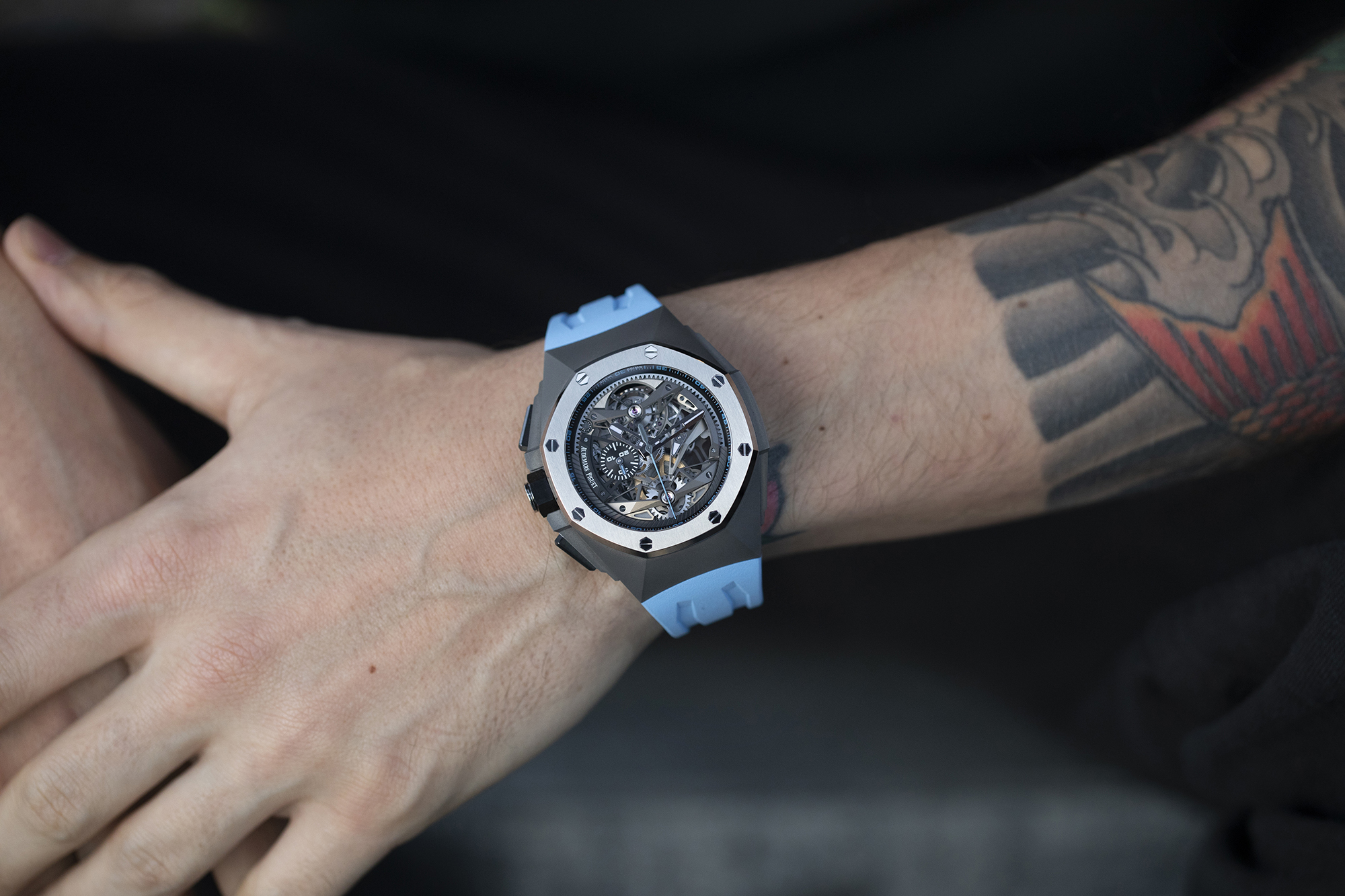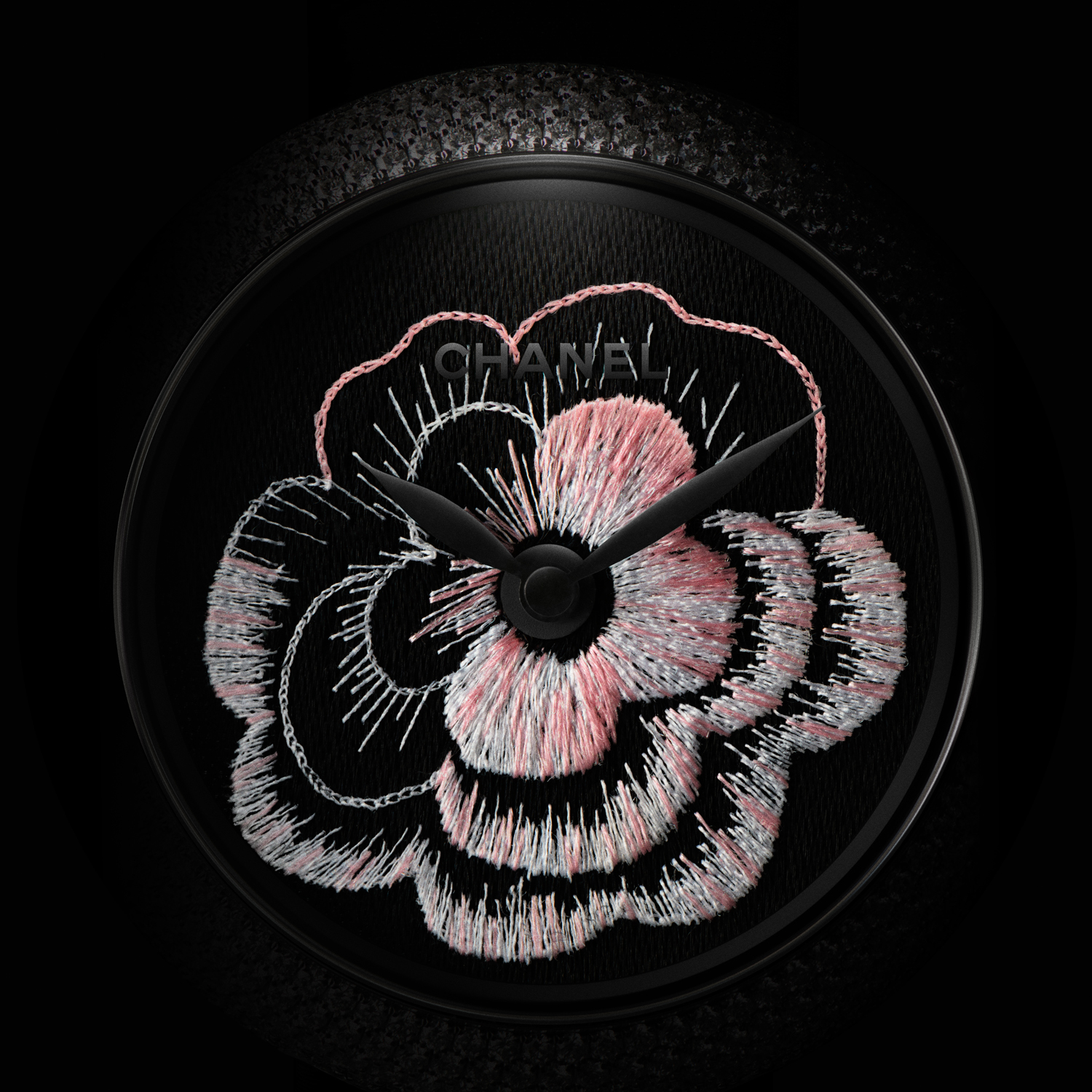
The mantel clocks were somewhat unusual in that they were a consumer based, battery powered time an strike clock. Shelby retired at that point to a farm he inherited and thus ended the National Self-Winding Clock Co Shelby Besore bought the contents and moved them to Urbana where he continued to build clocks from the remaining inventory until late 1909.

In May 1908 the factory and contents were sold at auction. The primary problem was with mantel clock production and the company continued to build office wall clocks through 1907. Production resumed at Champaign but quality and production problems resulted in catastrophic cash flow problems and the company went into foreclosure in the summer 0f 1906. including facilities to produce all the parts need to for the clocks including cases and dials. Bonds were sold to the residents of Champaign and much of the proceeds were used to build a new production facility complete with it's own powerhouse, rail road spur, etc. A review of several locations resulted in a move to Champaign, Ill in the winter of 1905. For several reasons they never did well financially and decided in the summer of 1905 to move back to Illinois. The company made the movements but subcontracted out cases, dials etc. They moved the factory to Bristol in January of 1900 and eventually bought the Hubble building in Forestville.

By 1899 they were beginning to develop a line of self-winding time and strike mantel clocks in addition to the time only wall clocks. where the company made commercial self winding time-only wall clocks.

A manufacturing facility was opened in March, 1896 in Elgin, Ill. Here is what I can tell you from the two pictures posted.įirst, the company was founded Jin Chicago Ill.


 0 kommentar(er)
0 kommentar(er)
